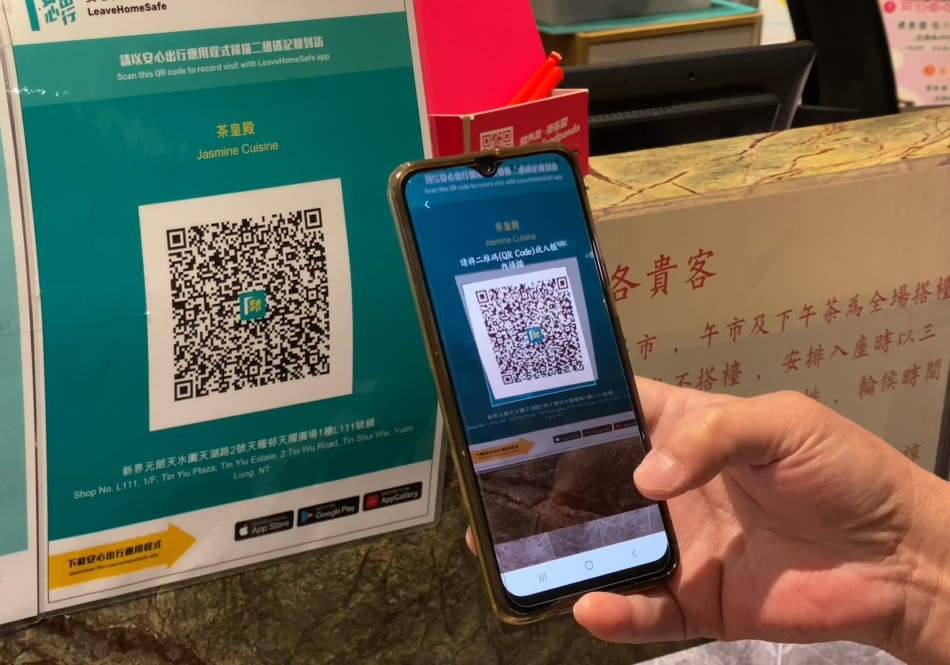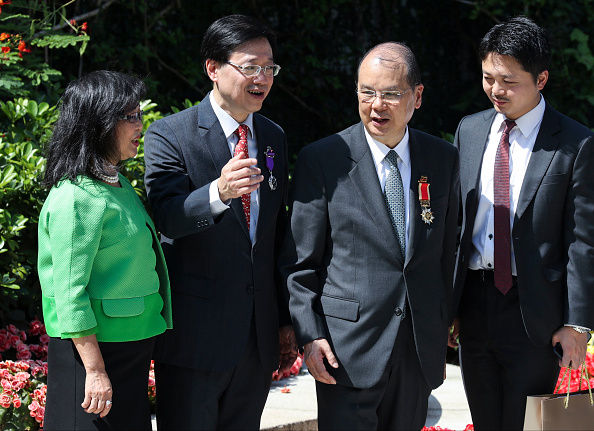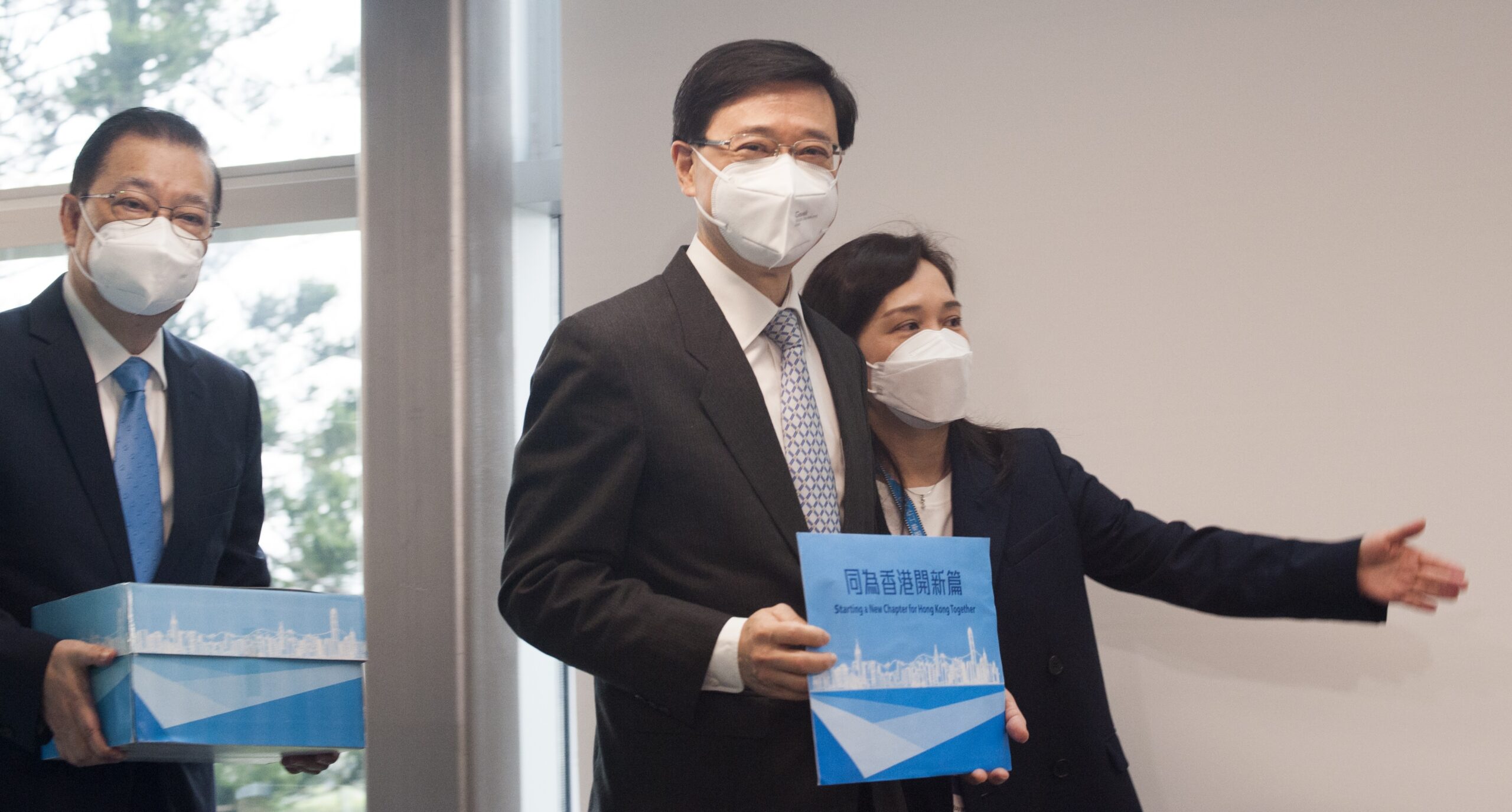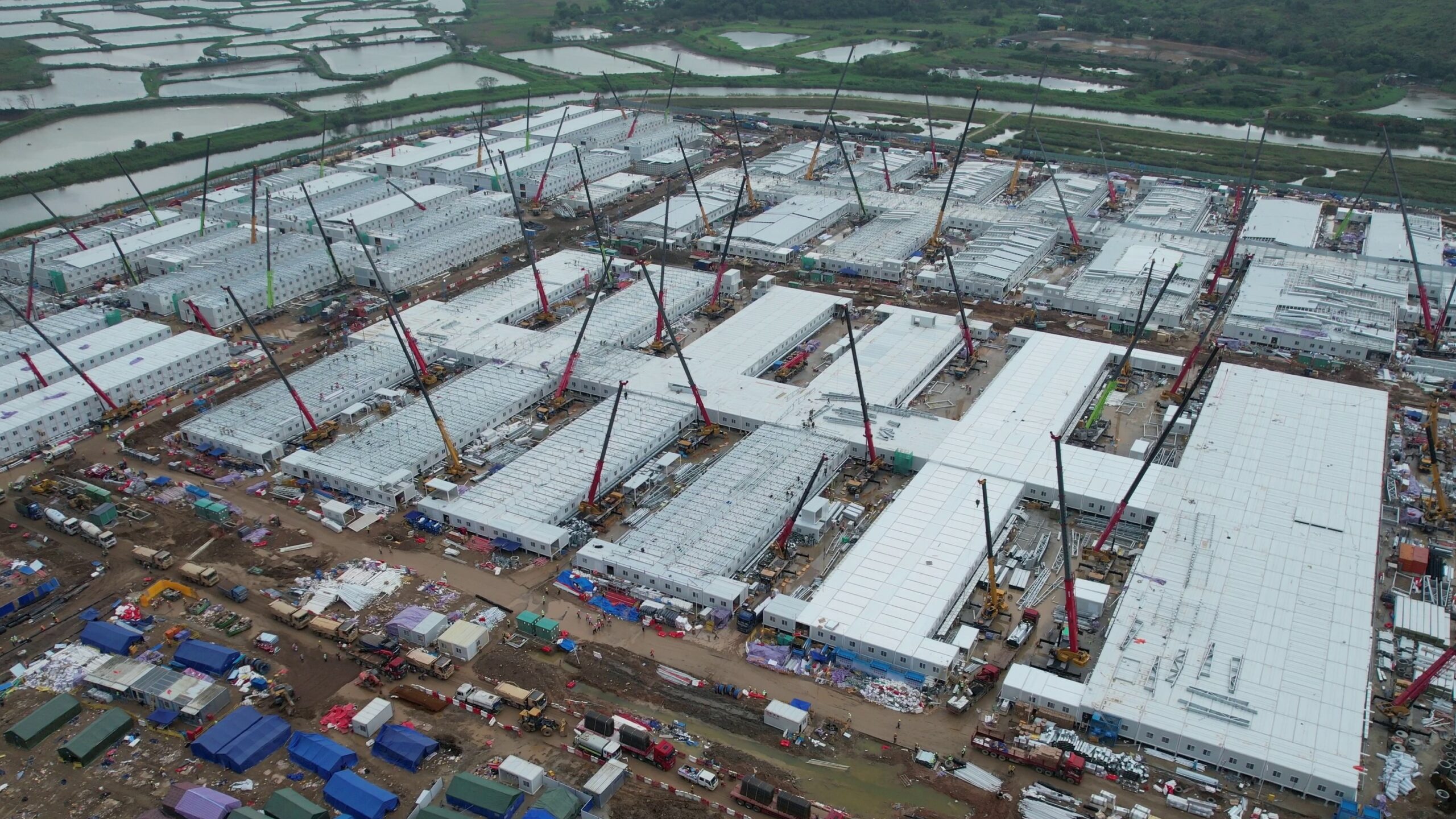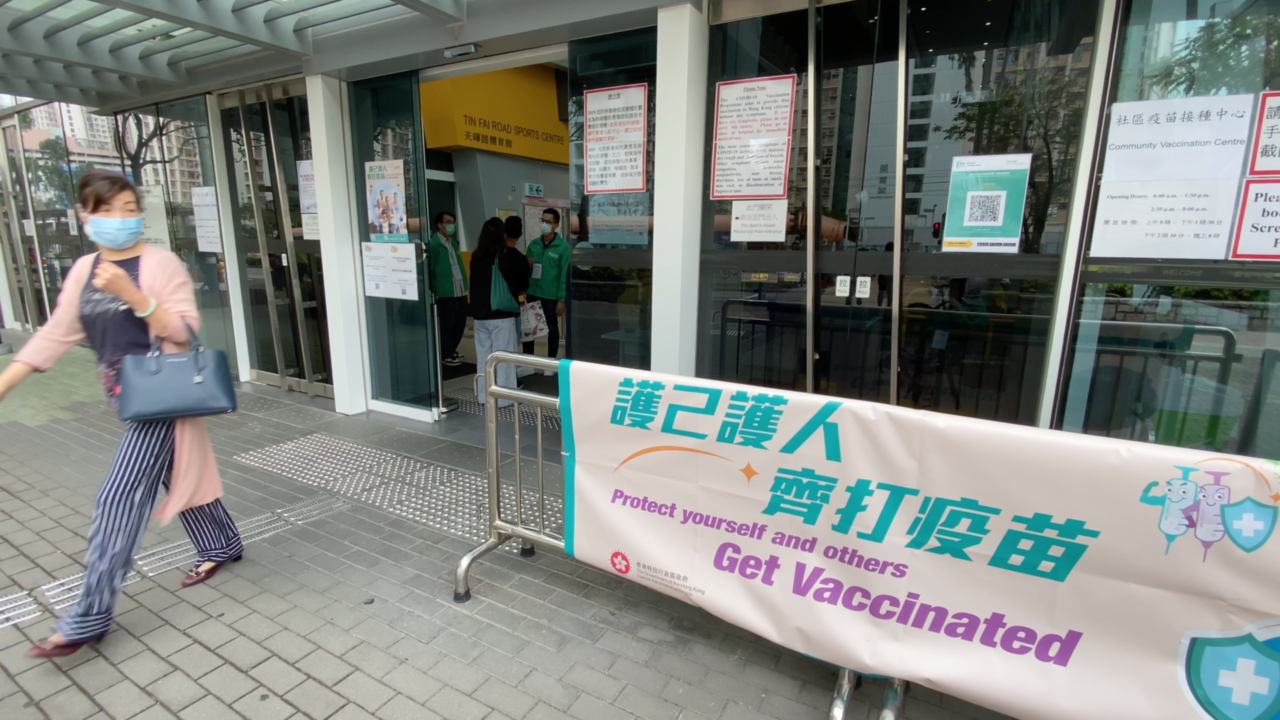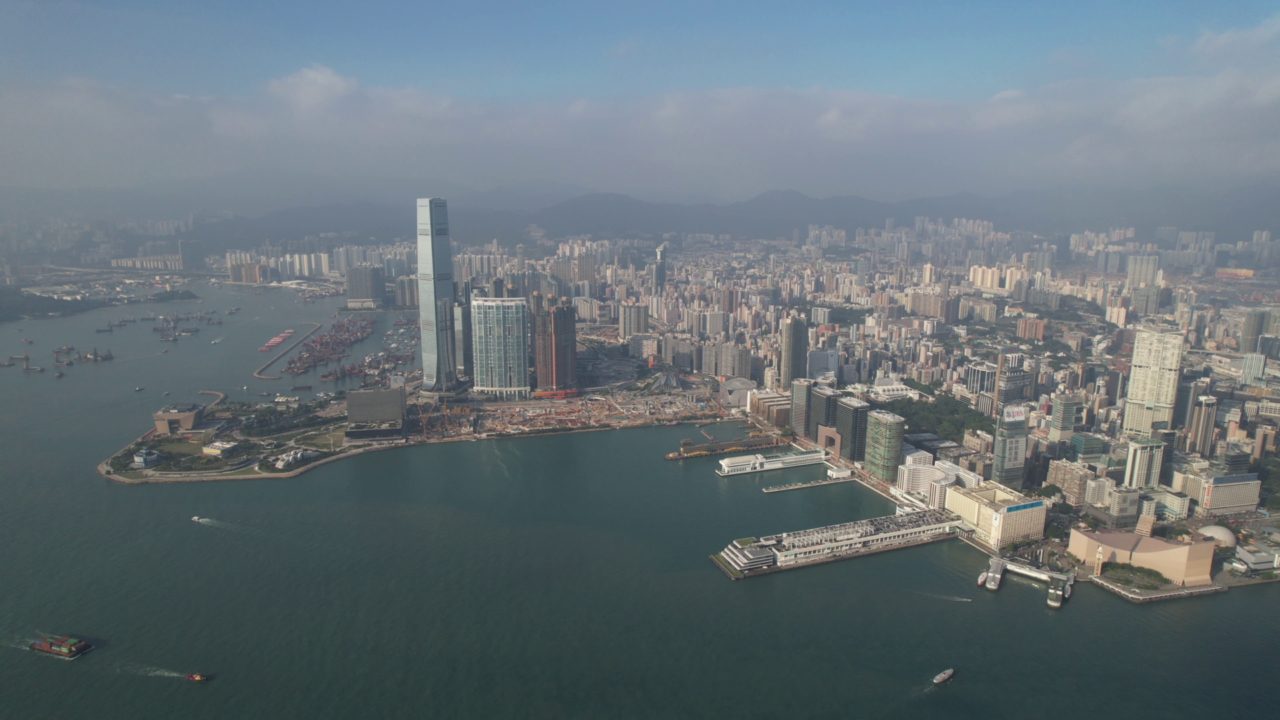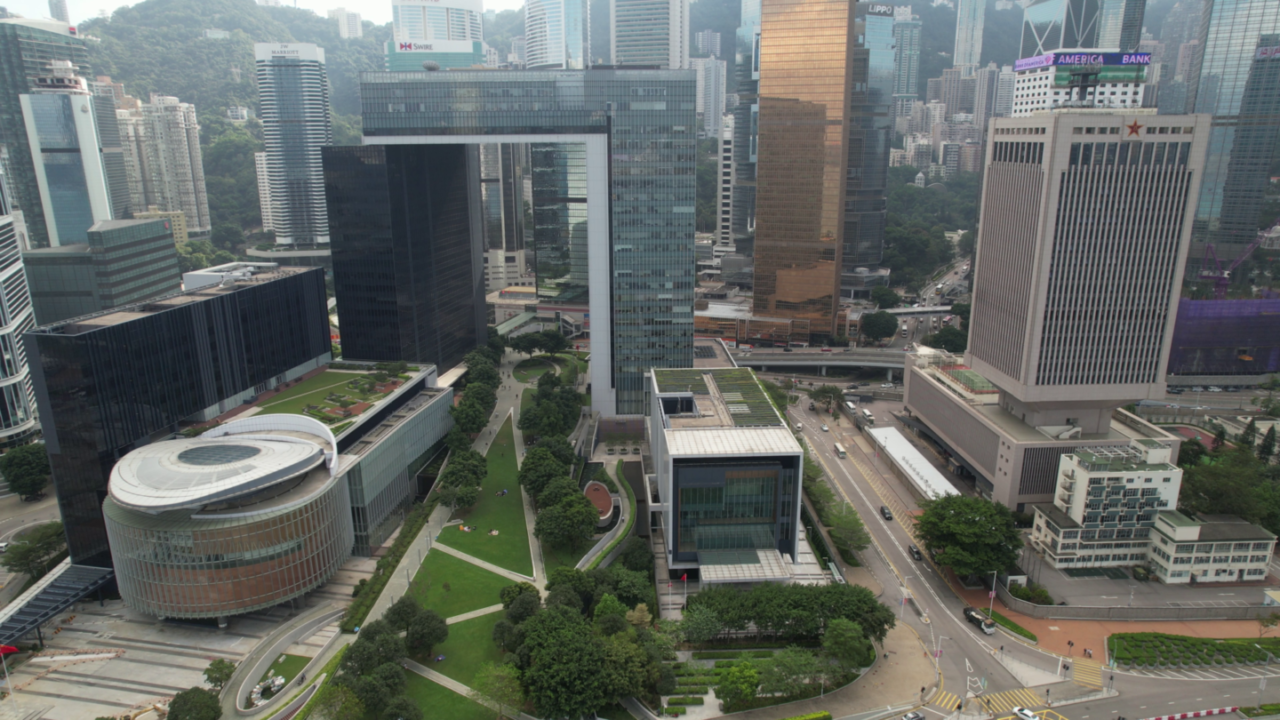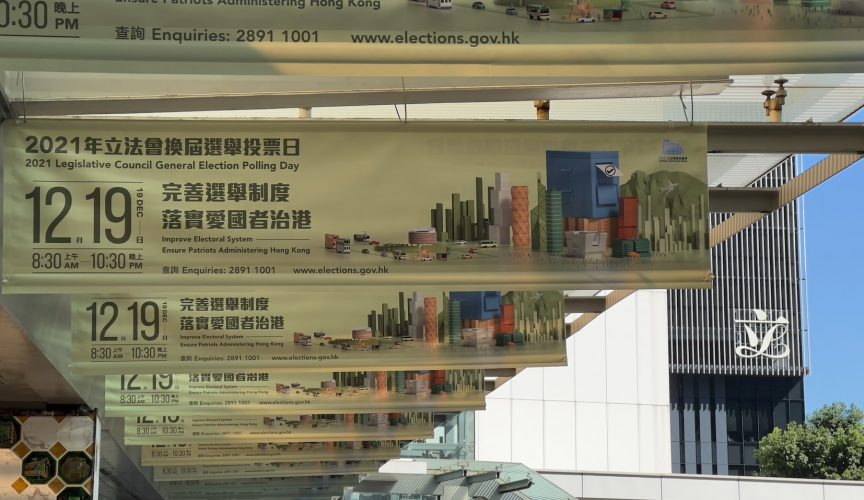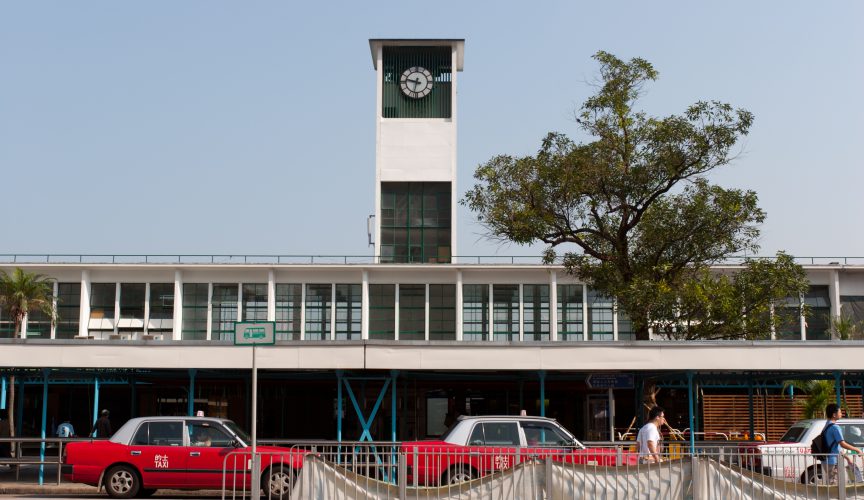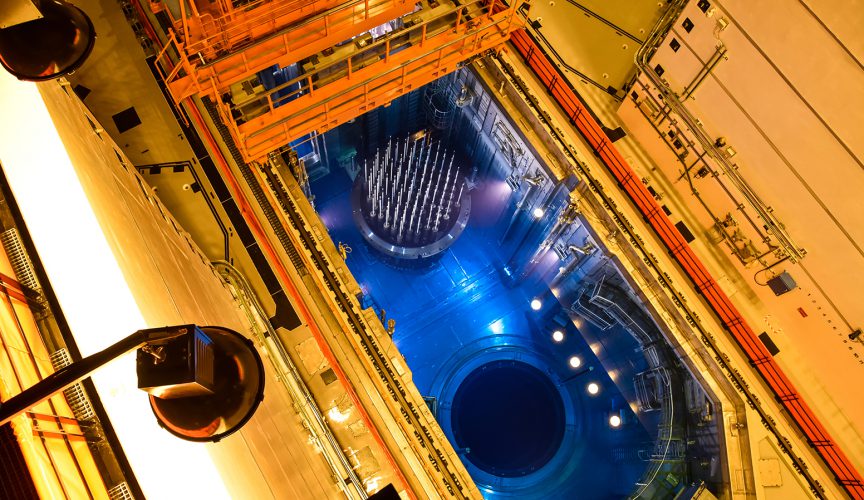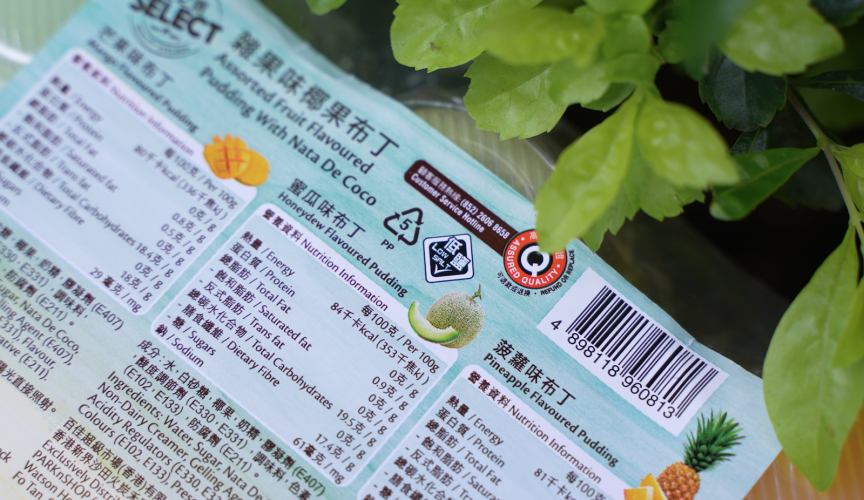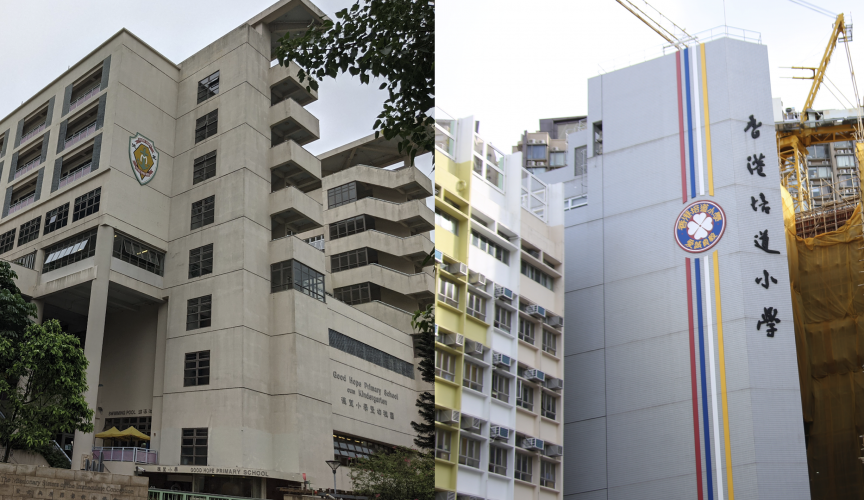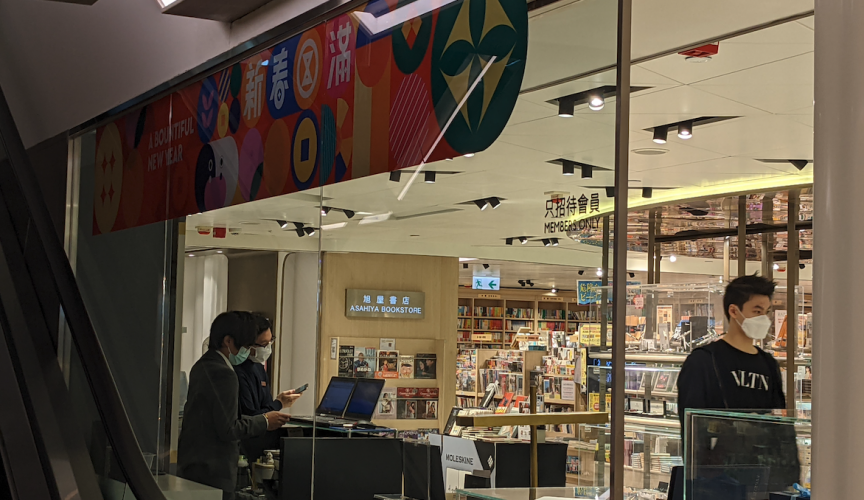Half of the samples failed to continuously supply electricity for three hours
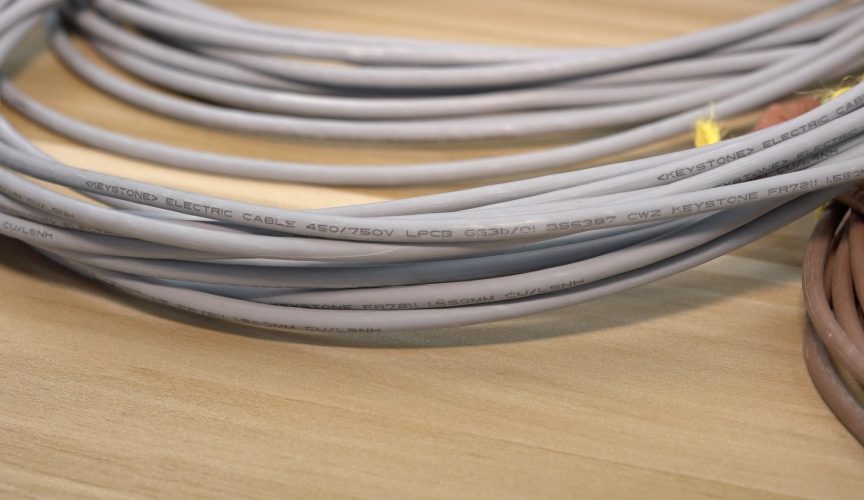
FactWire acquired and conducted tests on fire-resistant cables used in On Tat Estate in Kwun Tong, and found half of them failed to meet international standards.
Sent for testing in an accredited laboratory in the Netherlands, two out of four samples failed to supply electricity for three hours under required temperatures. One sample stopped supplying electricity after 26 minutes.
Manufacturer Keystone Electric Wire and Cable Co., Limited supplied cables for many infrastructure, government building, public housing and private development projects, including the Central Government Offices located at the Tamar Site, 14 public housing projects, as well as private housing projects such as the Riverpark in Tai Wai, the Austin and Grand Austin.
Sources from the electronics industry told FactWire in mid-2016 that the Hong Kong Electrical Contractors’ Association (HKECA) and the Hong Kong Federation of Electrical and Mechanical Contractors Limited (HKFEMC) had received complaints in April that year about fire-resistant cables failing to meet required standards.
Citing details of the complaint which was attached with test result reports, sources said problems arose in the quality of some fire-resistant cables made in China, for they were unable to meet international standards required by the Fire Services Department. The report included the FR7211 cable manufactured by Keystone as well as cables supplied by two other mainland manufacturers.
According to industry sources and a job reference from the manufacturers, Keystone was one of the largest manufacturers and main local supplier of fire-resistant cables, taking up a lot of government infrastructure and construction projects.
FactWire reporters tried to purchase Keystone cables through retail stores and found that most stores do not sell Keystone cables. FactWire then asked for a pricing list from Keystone through electronics stores, but received replies stating that Keystone ‘does not take individual customer’s orders, but only orders from ‘acquainted’ companies’.
FactWire then bought the fire-resistant cables directly from the Keystone Dongguan factory. In addition, FactWire acquired Keystone cables from On Tat Estate in Kwun Tong that permitted occupation since the end of 2016, as well as the standby Keystone cables in the improvement project of Kowloon Tong metro station carried out in January. The three sets of cables are the Keystone FR7211 cables with a cross-sectional area of 1.5 square millimetres and labels indicating fulfilment of BS6387 CWZ standards.
FactWire then commissioned DEKRA in Arnhem in the Netherlands, a provider of certification services, to carry out the BS6387 type C tests on the three sets of cables.
The tests were based on the guidelines ‘Test method for resistance to fire of cables required to maintain circuit integrity under fire conditions’, published by the British Standards Institution in 2013. The cables must be tested in a 20 millimetre outside diameter stainless steel conduit and has to maintain power supply in a fire for three hours at 950 degrees Celsius to satisfy the requirement of BS6387. Since the lengths of the On Tat Estate samples were only long enough for one round of testings, the second and third repeat testings cannot be carried out on the same samples according to the test method.
DEKRA is accredited by the Dutch accreditation council RvA. The tests cost around HK$100,000 (12,500 euros).
Results from DEKRA show that only two of the four cables from On Tat Estate met the required standards. The other two were unable to maintain a three-hour long supply of electricity under high temperatures. One lasted one hour and 14 minutes, while the other stopped supplying electricity after only 26 minutes.
The four cables were obtained from the installed fire service systems in Anderson Road Site D of On Tat Estate in Kwun Tong. FactWire witnessed the process of sample collection and then sent the samples to DEKRA in the Netherlands, and could therefore confirm that the fire-resistant cables taken for testing were from On Tat Estate.
The construction project for Anderson Road Site D of On Tat Estate commenced in October 2011, and occupation was permitted in batches since the end of 2016. The construction area includes around 3,500 flats in Chi Tat House, Lai Tat House, Sin Tat House and Yan Tat House, a two-storey shopping mall in the podium and carpark facilities.
The cross-sectional area of the four cables is 1.5 square millimetres and labelled ‘ <KEYSTONE> ELECTRIC CABLE 450/750V LPCB 663b/01 BS6387 CWZ KEYSTONE FR7211 1.5SQMM CU/LSNH’, which indicated the brand, voltage, verification code, international standards and model number, etc.
As for the other fire-resistant cables purchased from the Keystone Dongguan factory and the standby cables used in the improvement project of Kowloon Tong metro station, they passed the tests in the first round.
FactWire recorded the weight of the cables before sending all cables for testing to the Netherlands. For the purchased cables, the lightest weighed an average of around 31.3 grams per metre, while the heaviest weighed around 32.7 grams per metre. The cables from On Tat Estate weighed around 27 grams per metre, while that of the Kowloon Tong metro station project weighed an average of around 32.3 grams per metre. It shows that the cables from On Tat Estate were 16 to 21 per cent lighter than the other two sets.
Sources from the electronics field told FactWire that Keystone knew about the complaint issued to the two associations early last year and swiftly took action and stopped supplying problematic cables to contractors. Keystone then issued documents in May to clarify about the quality of products, questioning the reliability of the report that challenged the quality of Keystone cables and providing a testing report dated in 2015, which proved that the cables met standards.
The sources said the case appeared to be closed because the industry refrained from questioning the ‘big brand’, but that it ‘remains unsure as to whether past projects supplied with Keystone cables were able to meet the international standards’.

Lam Chun-man, former Director of the Hong Kong Fire Services Department and spokesperson of the fire services sector of the Hong Kong Institution of Engineers, declined to comment specifically on the test results, but spoke generally about cable safety.
Lam said: ‘If fire-resistant cables fail to meet the required standards to provide continuous electricity supply… of course it will be a problem. Fire service facilities and systems such as smoke extraction systems or fireman’s lifts need to function for a long period of time. If they fail to operate due to no electricity supply, it could affect citizens from escaping or rescue tasks of the firemen in case of fire accidents.’
According to the ‘Code of Practice for Minimum Fire Service Installations and Equipment and Inspection, Testing and Maintenance of Installations and Equipment’ (April 2012 revision) issued by the Fire Services Department and the ‘Minimum Fire Resisting Cable Requirements for Fire Service Installations’, the fire-resistant cables designed for emergency generators, fireman’s lifts, pressurization of staircases, smoke extraction systems and audio or visual advisory systems have to meet the BS6387 CWZ standards.
An experienced source in the electronics field who wished to remain anonymous told FactWire that he was surprised by the test results which were ‘not ideal’.
He said: ‘The fire safety facility would lose its function if a problem arises in one of the cables. It is entirely unacceptable to only supply electricity for 26 minutes. When a fire accident occurs, the reasonable time for escape is at least one hour. Take the emergency exit light as an example. Buildings normally require at least two hours of independent voltage, while places such as a home for the elderly require at least three hours.’
The source said the four cables were all clearly labelled and did not appear to be fake, but might have failed the tests due to inadequate quality control. He admitted that ‘second-tier products’ cheaper than the market price are available in the industry, despite manufacturers knowing their quality is below standard.
‘The temperature during which the cables are manufactured and the materials used would affect the quality. Some manufacturers knew that some products failed to meet the standards, yet mixed them with the good quality ones and sold them all together to acquainted retail stores or contractors with a 70 to 80 per cent discount price. Though problems could not be spotted from the exterior of the cables, we all know the reasons why the products are cheaper,’ the source explained.
Industry sources provided FactWire with the pricing information of Keystone and another British manufacturer for a public housing project of the same estate in 2016, for the same quantity of cables. The Keystone FR7211 cable (cross-sectional area 1.5 square millimetres) costs HK$2.44 per metre, while the British cable regulated by the same international standards costs HK$3.11 per metre, a 27 per cent difference.
The Dongguan Keystone official website states that it was established in Hong Kong in 1969 and its main product lines include low and medium voltage power cable, control cable and telecommunication cable. In 1993, Keystone built a production facility in Dongguan. According to the website, Keystone targets the Hong Kong and Macau market, and its main clients are public bodies such as CLP Power Hong Kong Limited, Companhia de Electricidade de Macau (CEM), PCCW Limited, the Electrical and Mechanical Services Department, MTR Corporation, the Housing Authority and a number of famous construction and elevator engineering companies.
(Editor’s Note: The website is in Chinese and contains typos of various names of government departments and companies.)
FactWire acquired a 17-page ‘Job Reference’ of Keystone dated July 2016, which list the projects Keystone was involved in and the model of cables supplied since 2000. The list includes public housing, commercial buildings, infrastructures, schools and railways projects. According to the list, Keystone supplied the FR7211 cable, the same model as the cables taken for testing and with a cross-sectional area of 1.5 square millimetres, to at least 14 public housing projects, four private housing projects and six public infrastructure projects (See Table 1).
The job reference also shows that Keystone supplied the FR7211 cable to 12 government infrastructure projects (see Table 2), but it does not state the cross-sectional area of the cables supplied.
Keystone director and general manager Emil Yu Chen-on, has been President of HKECA since 2013, and is vice-president of HKFEMC and a committee member of the Hong Kong General Chamber of Commerce. Yu was officially appointed as a member of the Electrical Safety Advisory Committee in charge of advising ‘the Director of Electrical and Mechanical Services on any matters relevant to the safety of electrical supply, electrical installations, wiring and products, or the safe use of electricity’. Yu is also a Hong Kong Productivity Council member and a member of the Labour Advisory Board.
Keystone acquired a certificate from the Loss Prevention Certification Board (LPCB) on its cables to prove that the FR7211 cable meets international standards, including BS6387 CWZ. FactWire acquired certificate 7th edition dated on September 2015 and 9th edition dated on December 2016. Comparing both copies, the certificate dated back in 2015 registered the Keystone factory located in Dongguan, while the 2016 certificate registered its address to be the Fanling factory in Hong Kong. Only on the last paragraph of the last page was it stated that the products were produced in the factory in Dongguan.

FactWire interviewed Yu at the Keystone office in Fanling on April 21, asking him to comment on the Keystone cables failing the safety tests. Yu emphasized that the manufacturing process was conducted strictly and with care, that ‘my licence would have been stripped if there were problems with the cables’.
As to the cable samples from On Tat Estate failing the safety tests, Yu refused to confirm that the relevant cables were supplied by Keystone, and questioned where the cables came from. Yu stated that the quality would already be affected for cables that were installed and then taken down, but refused to provide more details. Yu said that the Keystone FR7211 cables are manufactured in their Dongguan factory and that he knew last year about the complaint made to government departments. The Fire Services Department (FSD) and the Hong Kong Customs and Excise Department issued enquiries to Keystone, including making statements, and all related matters were handed to lawyers for follow-up, according to Yu.
When asked whether the quality of Keystone cables is unstable, or whether quality control is lacking and led to half of the samples failing to meet required standards, Yu said ‘we are very strict and careful’.
Yu stressed that the testing of the Keystone FR7211 cables should be done by certification bodies that would send out officers to conduct blitz inspections in the manufacturing factory and collect samples for testing, instead of collecting them on site at the place of installation, which Yu disagreed about.
Yu raised doubts on the BS6387 standards of the test method, saying that the guidelines are not clear enough.
Yu said: ‘Did the standards state clearly that metal pipes have to be used for burning? This is just a local practice and was added on’. Yu refused to further explain what he thought is inadequate. When asked whether the BS6387 standards stipulated by the government are ideal, Yu stated that the standards are effective, and agreed that DEKRA has a credible reputation.
Keystone replied to FactWire’s subsequent enquiry on whether the cables used in On Tat Estate were supplied by Keystone, only asking FactWire to explain where the installed cables came from, and warned FactWire that they would reserve the right to take legal action if FactWire made accusations and damaged Keystone’s reputation before verifying that the tested samples are Keystone products.
FactWire then made enquiries to various government departments and developers last Friday to confirm whether the Keystone FR7211 cables were used in their projects, and what measures would they carry out in view that the cables failed to meet the required standards.
Enquiries were made to the Fire Services Department, Electrical and Mechanical Services Department, Housing Department, Buildings Department, Highways Department, Housing Authority, Civil Aviation Department, MTR Corporation, Cheung Kong Property Holdings Limited, New World Development Company Limited and Wheelock and Company Limited, etc.
MTR Corporation confirmed that the Keystone cables were used in two Shatin to Central link projects and one Guangzhou-Shenzhen-Hong Kong Express Rail Link project (See Table 2), but stressed that they would request suppliers to provide documents indicating the relevant technology, material, quantity and tests performed during the procurement of materials.
Wheelock confirmed that the Keystone FR7211 cables were used in The Austin and the Grand Austin projects; the Housing Authority confirmed that the cables were used in the emergency lighting system in public corridors of Prosperous Garden Block 5 in Yau Ma Tei. The Highways Department replied that the relevant enquiries would be handed to ‘1823’ for follow-up. No replies were received from the other government departments and developers.
FactWire also made enquiries to the HKECA and HKFEMC on whether they received relevant complaints from the industry early last year, if they did any follow-up work back then, the reasons if they did not follow up, and whether the decisions made by the associations would be affected by Yu who took up important positions in both associations. No responses were received so far.
FactWire also emailed the Association of Registered Fire Service Installation Contractors of Hong Kong Limited asking for comments on the case of cables failing required standards. No responses were received so far.












